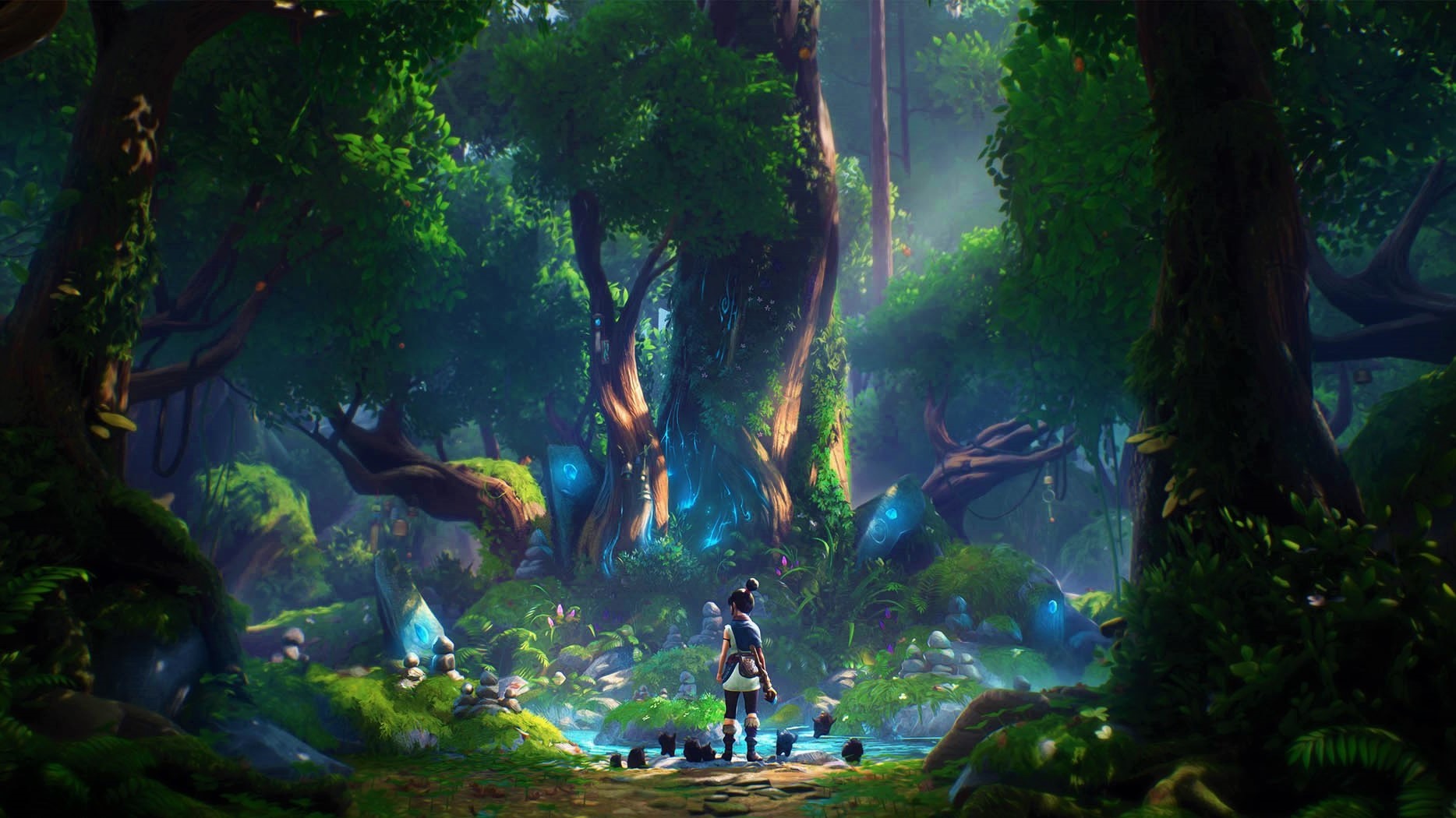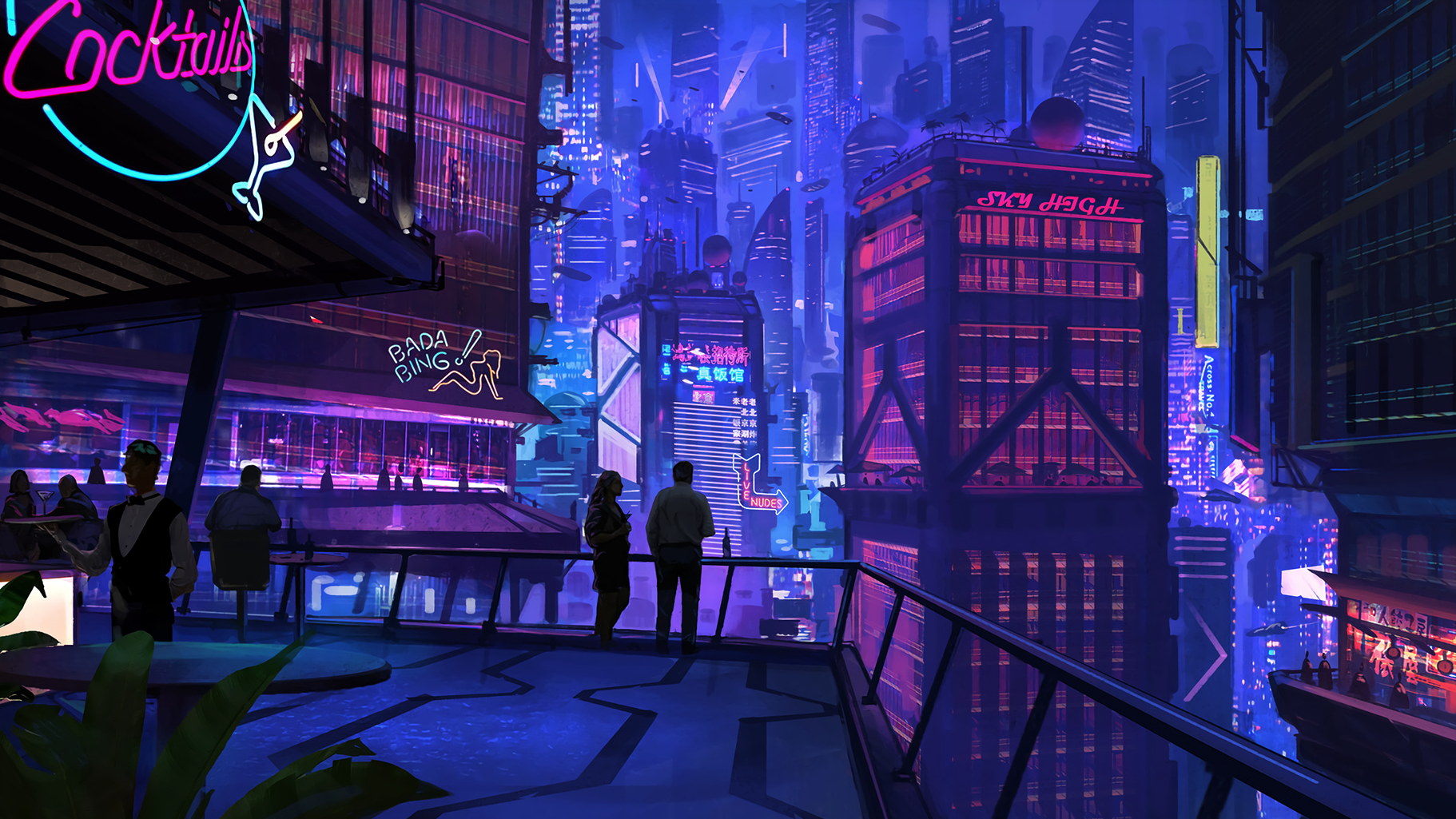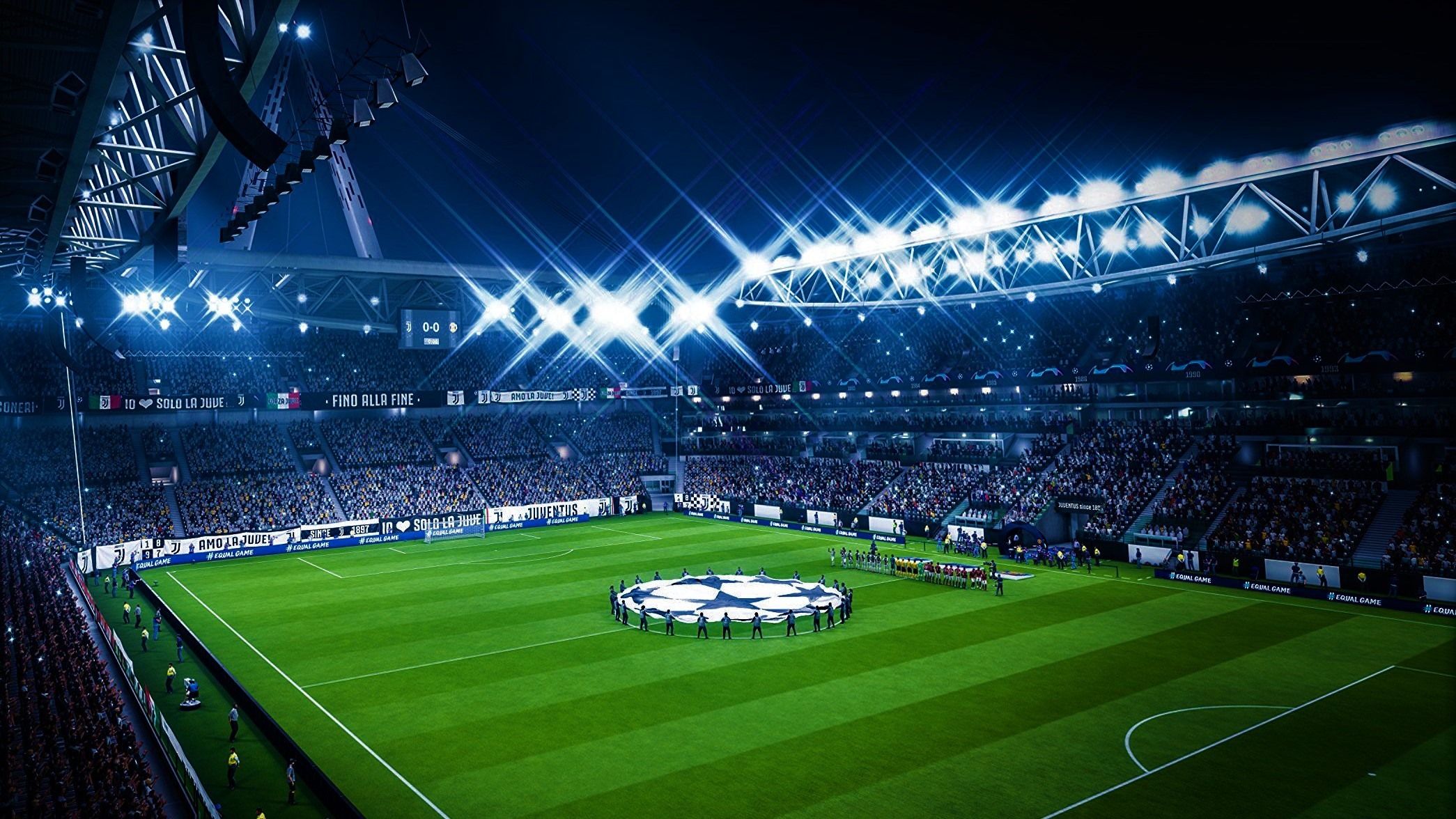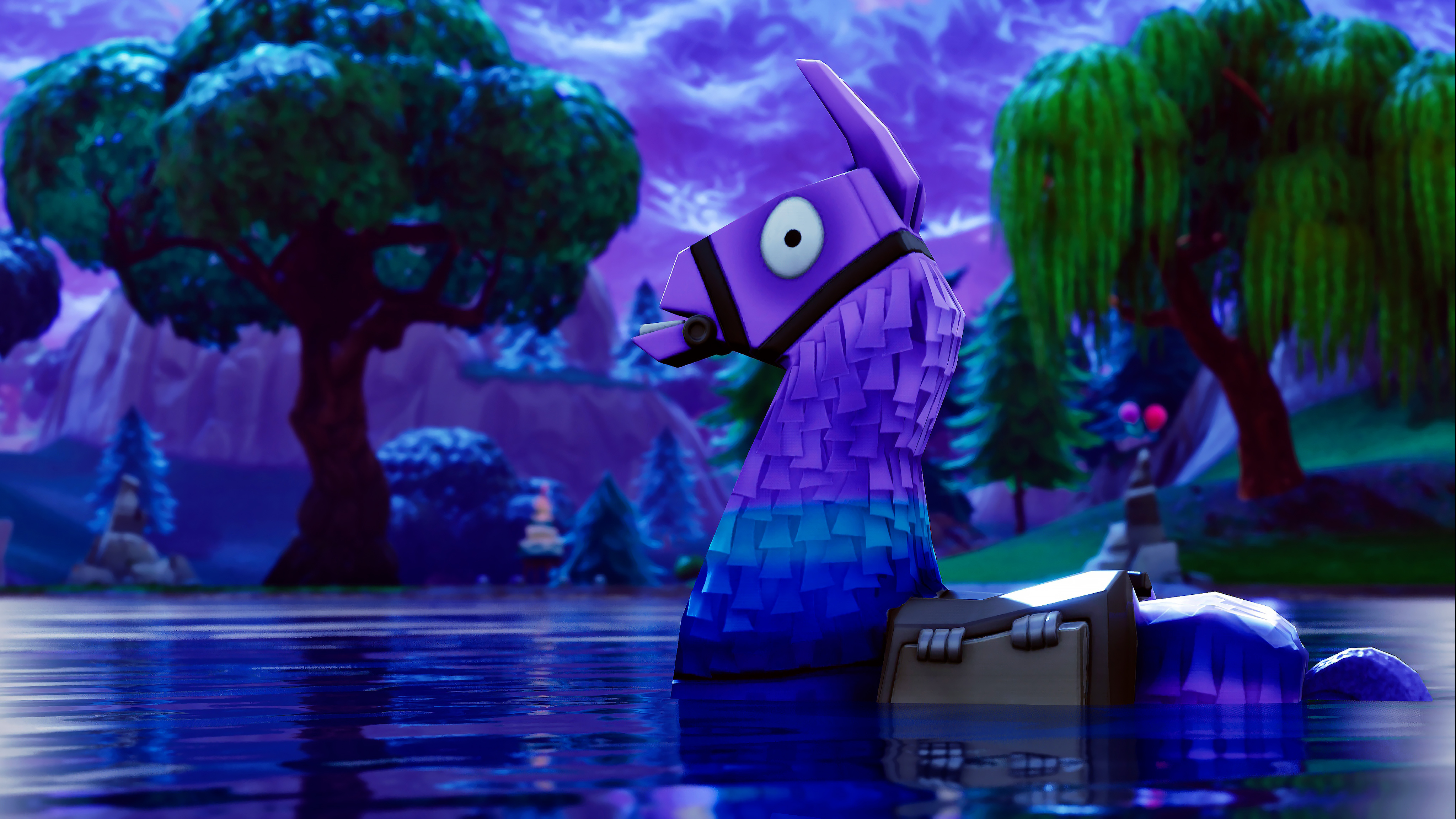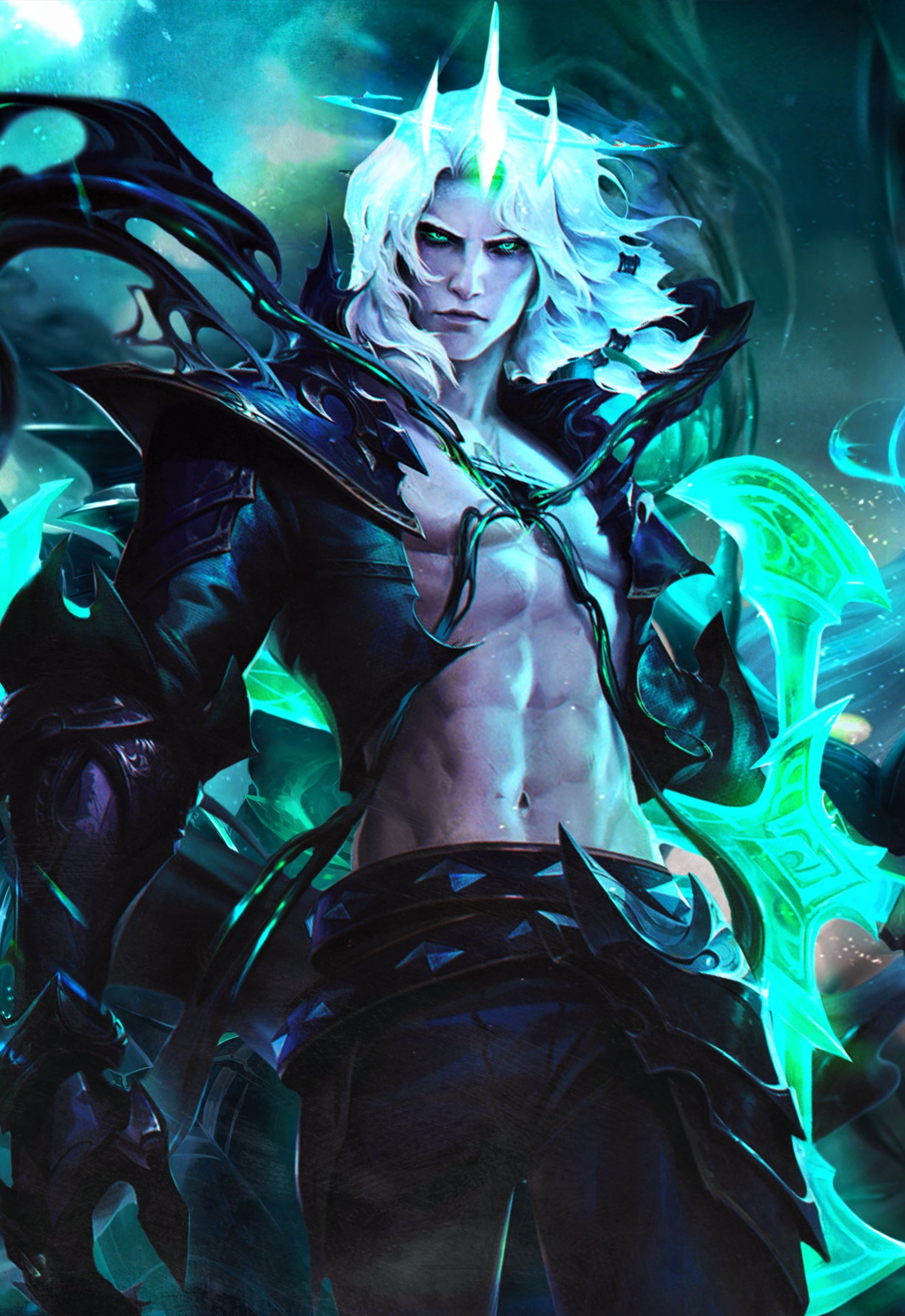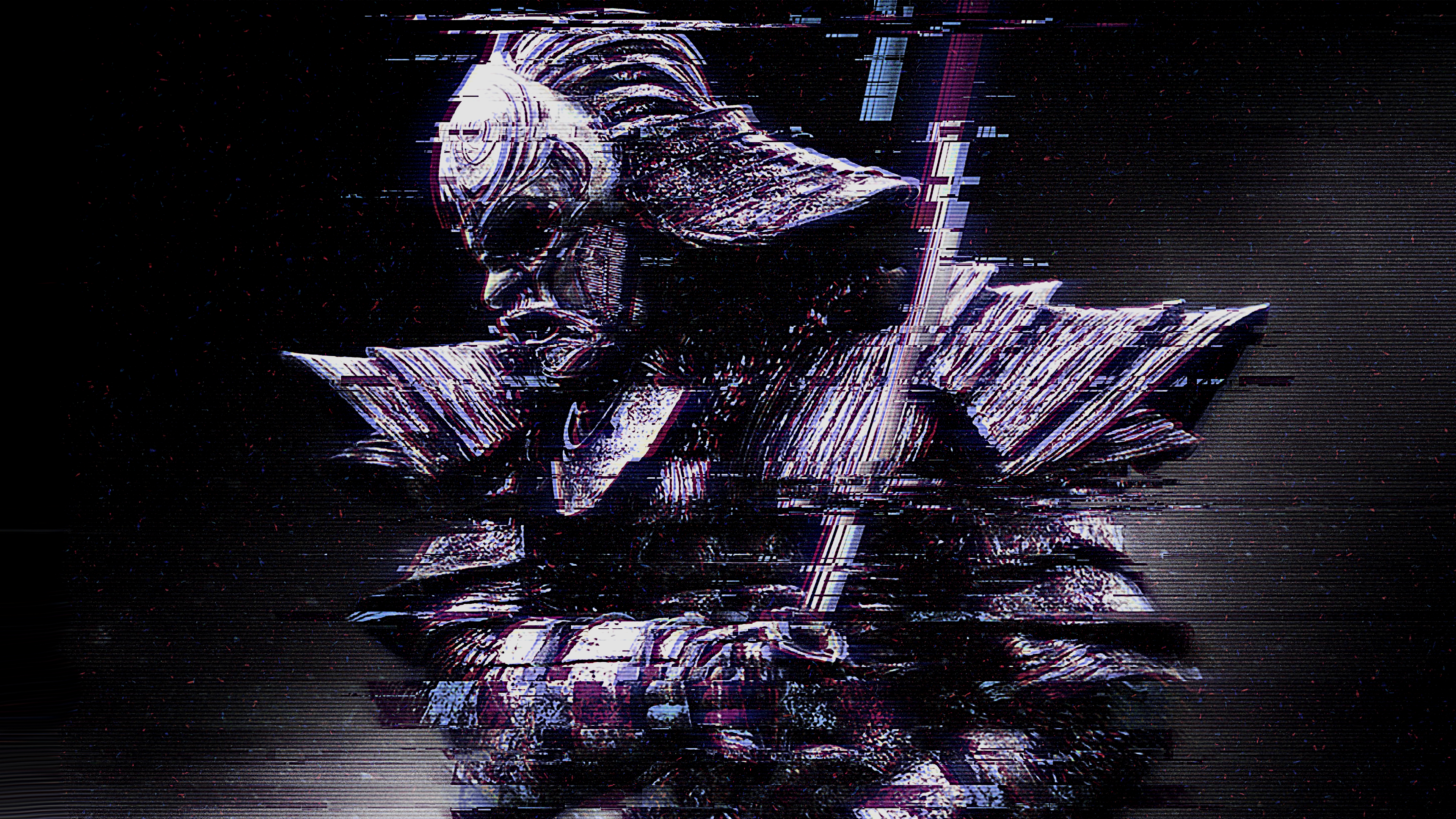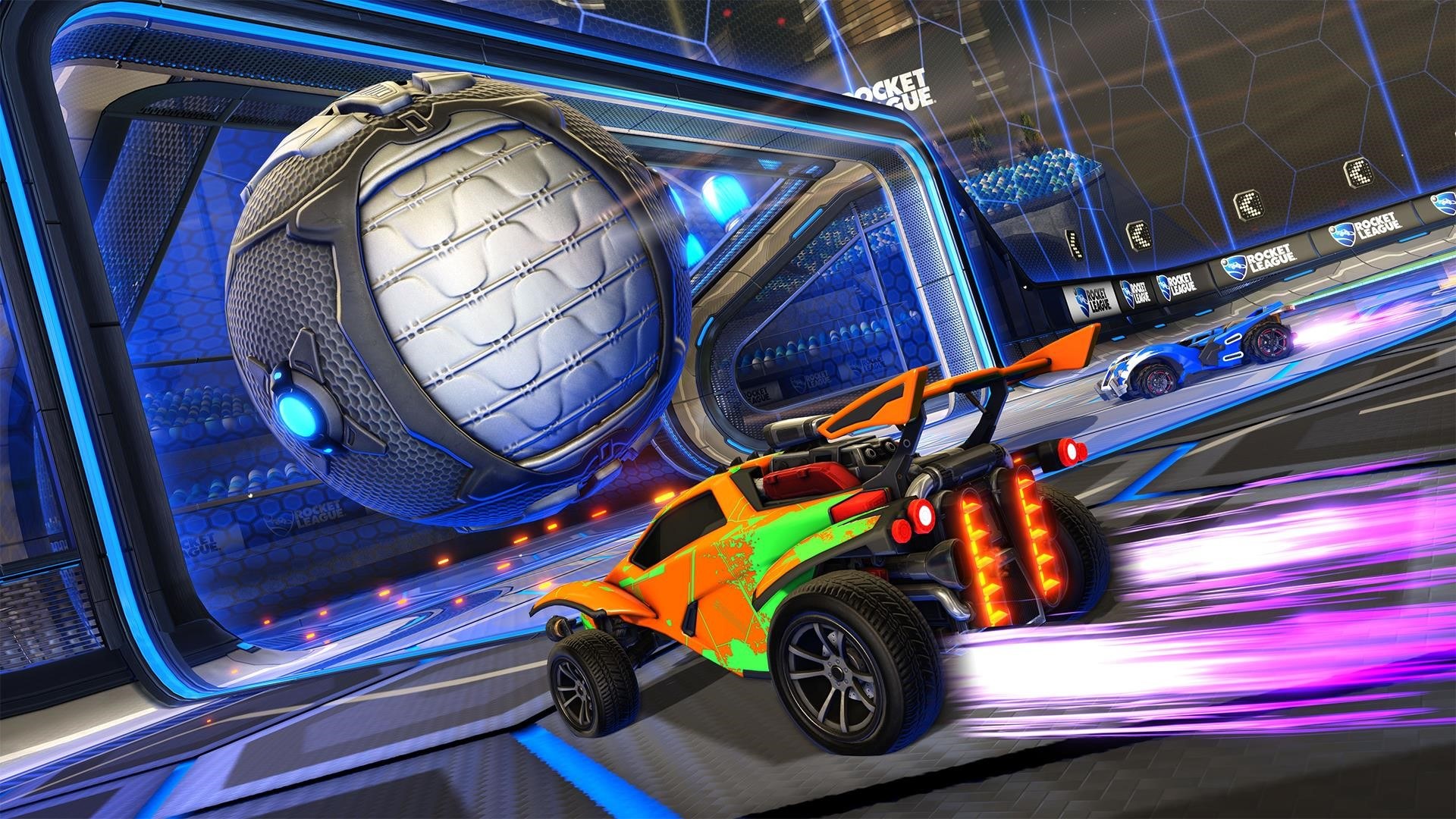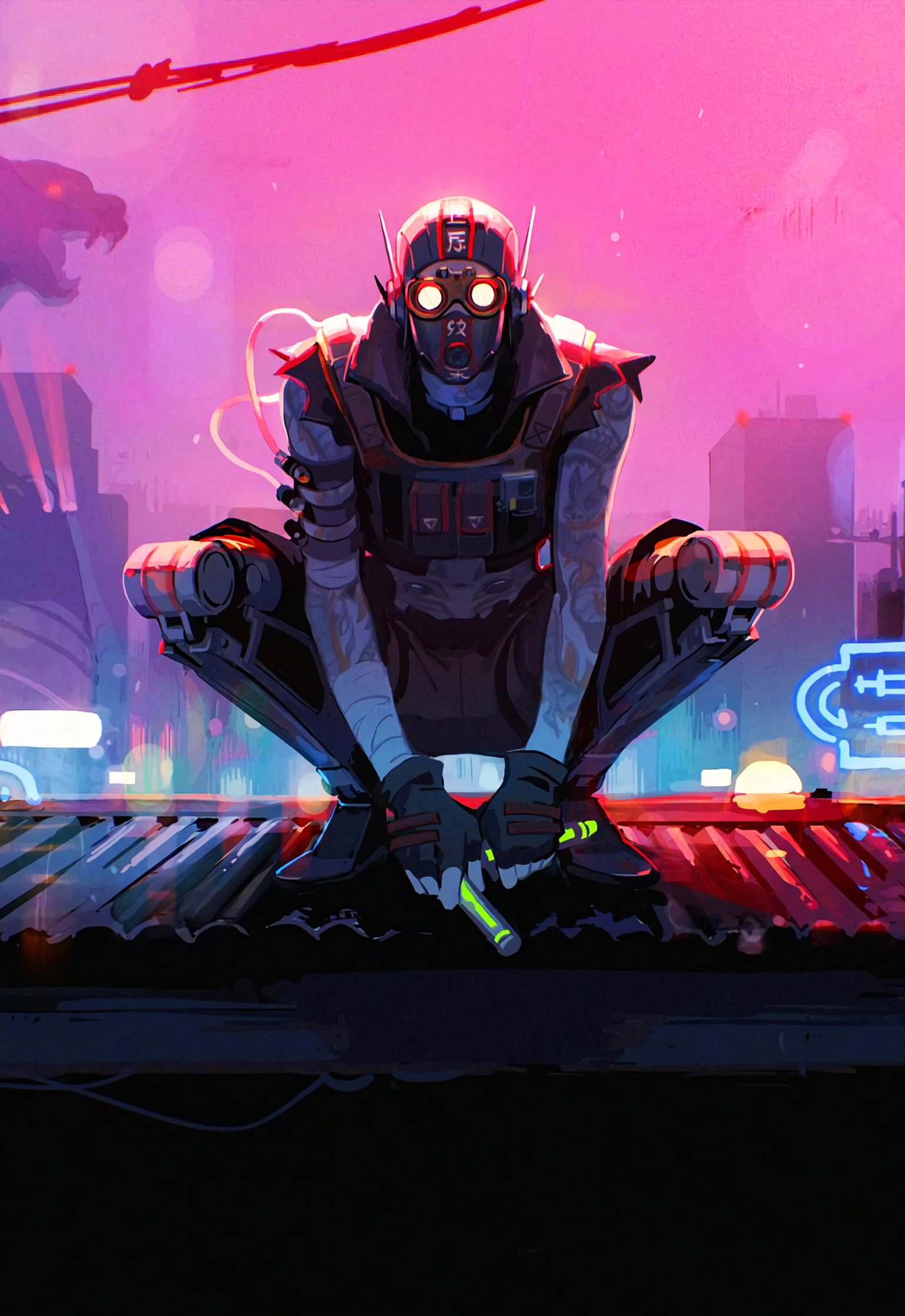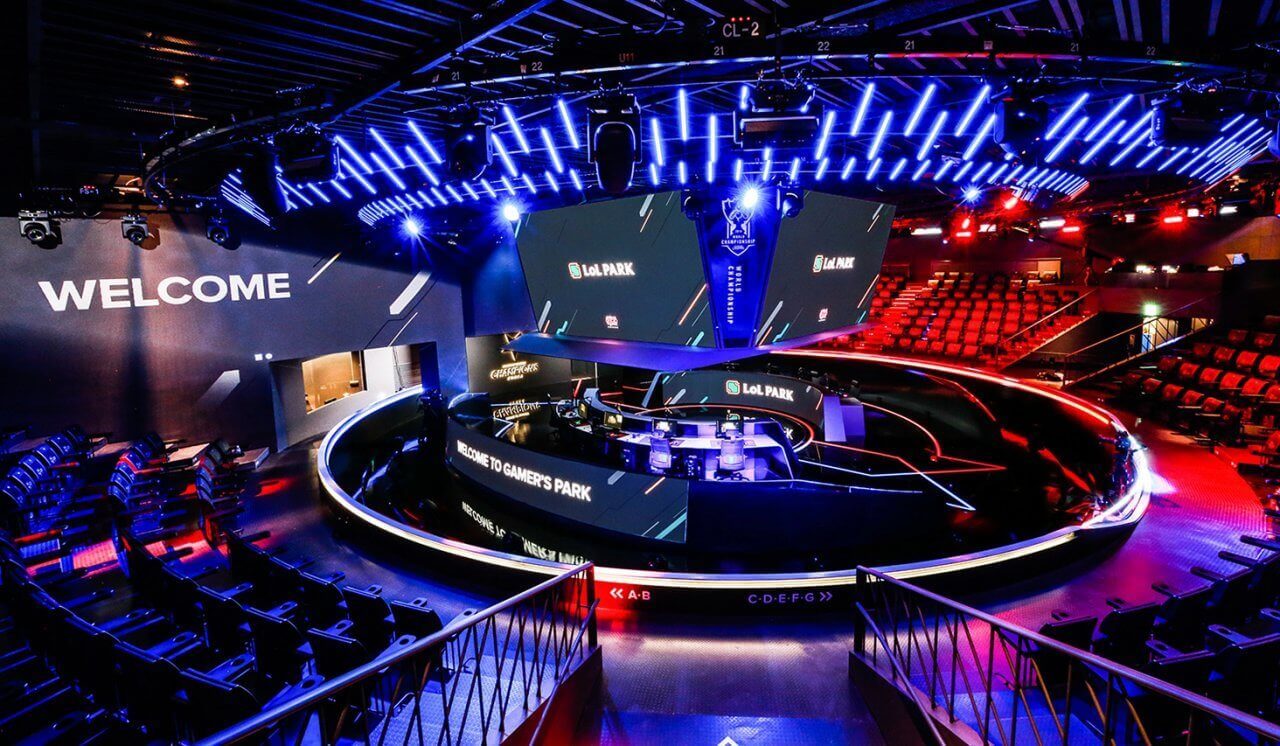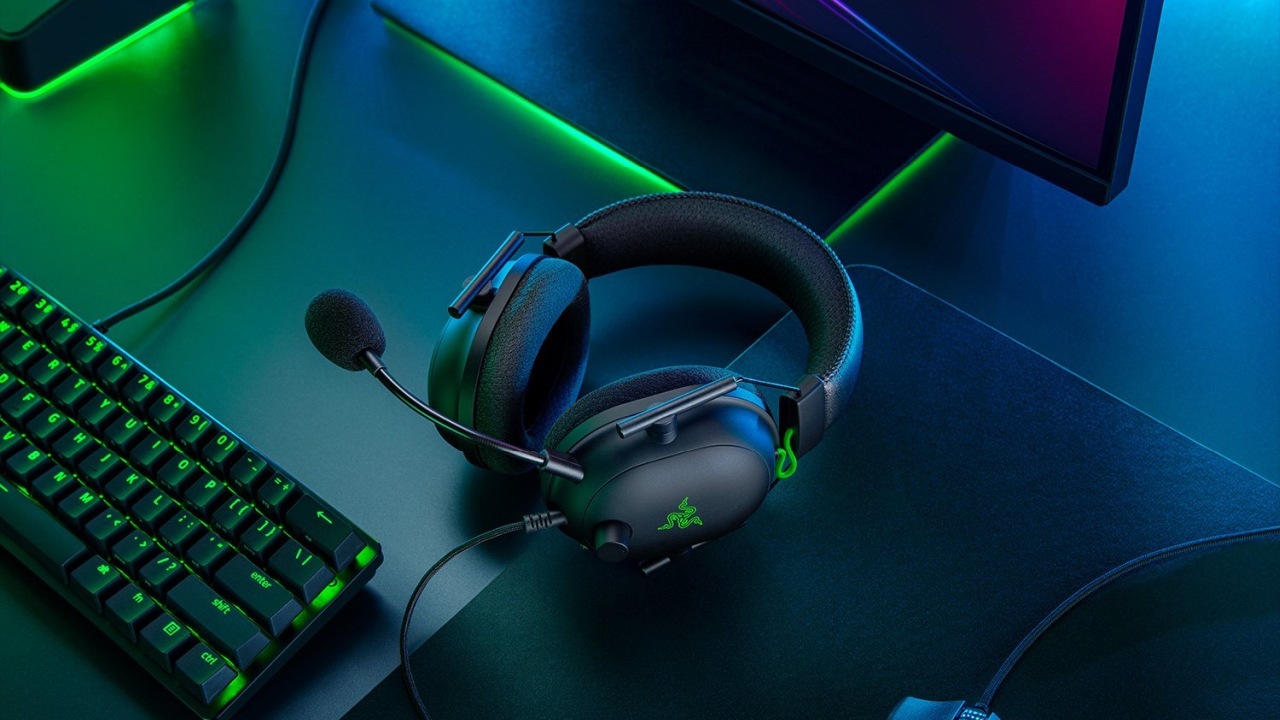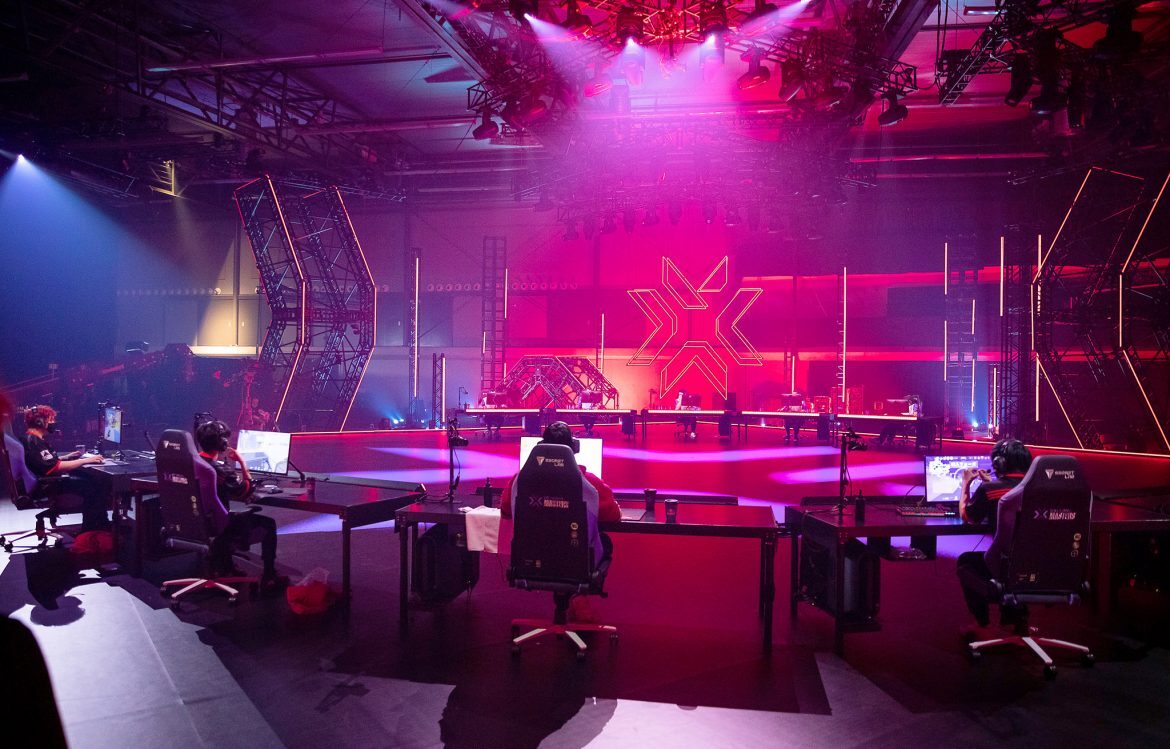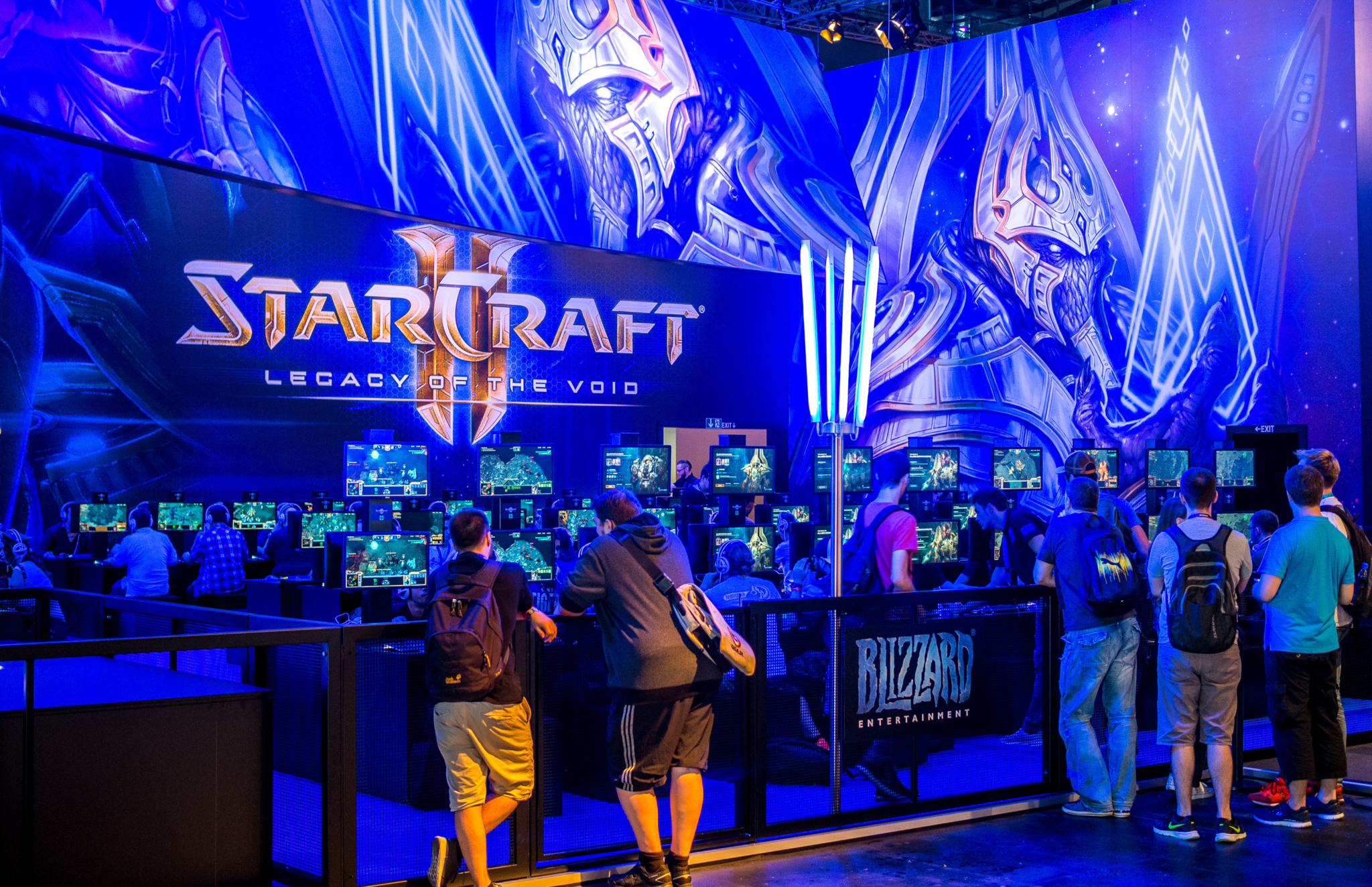
StarCraft was released in 1998 – its sequel StarCraft II was one of the most successful titles in 2010. StarCraft II’s popularity is all but legendary – one of the many games that are part of the Blizzard esports lineup. The real-time strategy game is a unique phenomenon – and in more than one way.
The most popular esports titles these days tend to be shooters, MOBAs, or even mobile games – StarCraft II has little to no direct competition. The sci-fi RTS has seen two expansion packs and is still as popular as it used to be – despite not having received content updates in years. Where many esports stagnate and then fade into obscurity, replaced by more popular titles, StarCraft II has managed to stay popular.
- READ MORE: Why Tetris works as an esport
Part of the infamous Blizzard Esports lineup, StarCraft II is certainly the odd one out. While the publisher has a wider variety of games than most esports giants do, SC2 is still by far the oldest, and yet one with a consistent fanbase.
In 2017, the game was made partially free-to-play – making it accessible to an even wider audience, though later expansions still cost money.
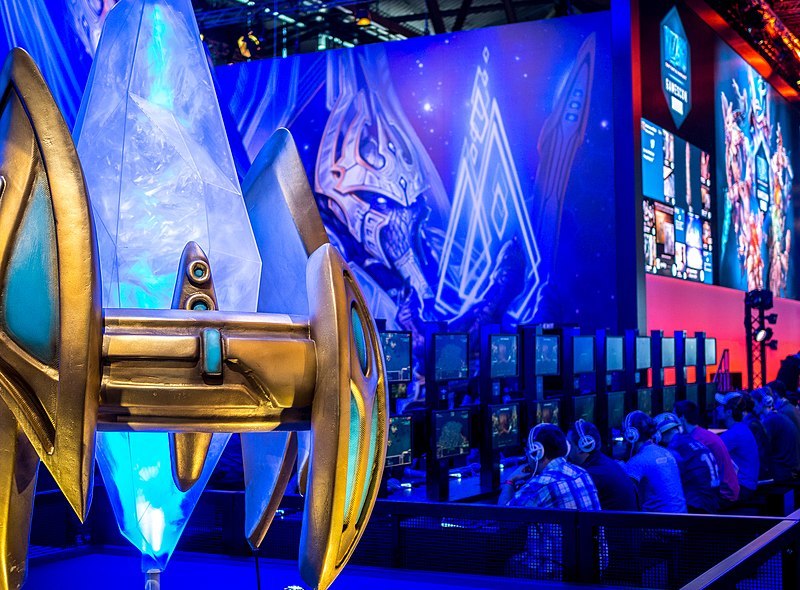
StarCraft II: A unique appeal
One of the main things that made StarCraft II popular is the fact that it’s simply a well-made game. It’s received extremely high scores across the board from all sorts of different reviewers – for many, it scored a rare 10/10.
That’s certainly true for one place in particular – South Korea. Famously, StarCraft II is bigger there than anywhere else in the world – so popular that the country has had its own dedicated competitive league for the last decade. In fact, there are only two main leagues – the Korean Global StarCraft II League and the world-wide World Championship Series Circuit.
- READ MORE: How the COVID-19 pandemic will hurt esports
While the Korean GSCL was rebranded several times and changed hosts and locations along the way, it remained all but a national sport in Korea. Where in the West, the game lost a fair bit of its initial popularity and interest declined along with interest in RTS games, the same was not true in SK. Player numbers remained high, and pros and pro hopefuls continued to appear on the scene.
An effective funding model helps StarCraft II
In 2017, Blizzard's esports department introduced the StarCraft II War Chest, and it helped keep StarCraft II popular in a big way. For each purchase made in the game – for the expansion packs and additional content – 25% of the money would go straight to the esports side of the game. The initial goal of $300,000 of funding was reached in just a third of the allotted time. Consequently, planned prize pools were bigger than expected, and larger sums naturally drew more fans as well. That model would be adopted by other esports titles, most successfully by Dota 2.
The tradition was kept up even after the game was made partially free-to-play – funding goals along the way determined the prize pool of the BlizzCon tournament that naturally also helped make and keep StarCraft II popular.
StarCraft II: A potent cocktail
While StarCraft II’s initial popularity was no doubt due to the fact that it was a polished and fun to play game, ultimately Blizzard’s faith and continued support played a large role in keeping it alive.
Without the funding and scheduled tournaments, StarCraft II couldn’t have survived as long as it did. Blizzard esports backing a game is a recipe for success in its own right – StarCraft II was no exception.
Coupled with its uniqueness – there is quite literally no other esport like it out there – it appeals to a group of esports fans that aren’t interested in the more popular esports genres.


